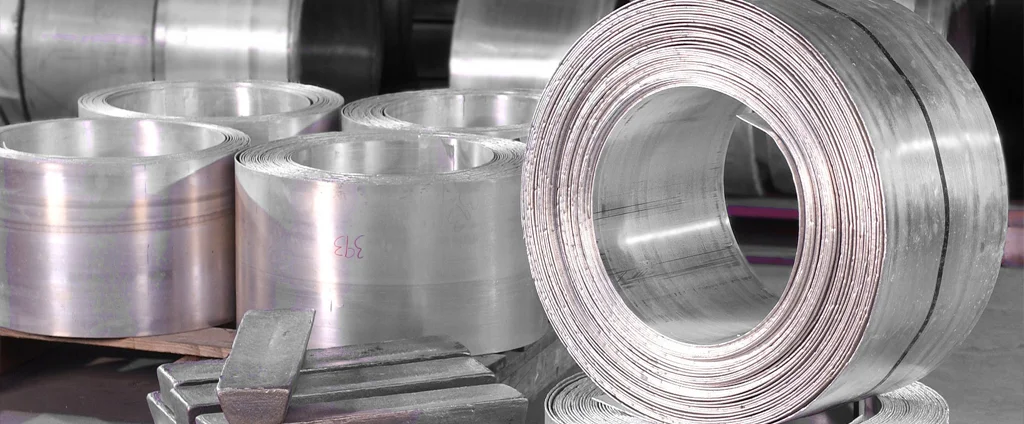Magnesium AM60A-F (UNS M10600)

AM60A-F is a high-performance magnesium alloy renowned for its exceptional ductility and energy absorption capabilities. Primarily used in die casting applications, this lightweight material offers an optimal balance of strength and workability, making it particularly valuable for automotive components and other demanding engineering applications.
| Chemical Composition | ||
|---|---|---|
| Element | Min | Max |
| Magnesium | —— | Remainder |
| Aluminum | 5.50% | 6.50% |
| Copper | —— | 0.35% |
| Manganese | 0.13% | 0.60% |
| Nickel | —— | 0.03% |
| Silicon | —— | 0.50% |
| Zinc | —— | 0.22% |
The following table provides a list of magnesium AM60A-F properties in both SI and US customary/Imperial units.
Click on the button to switch between Metric and Imperial units.
| Physical Properties | Metric |
|---|---|
| Density | 1800 kg/m3 |
| Mechanical Properties | Metric |
| Tensile Strength (Ultimate) | 241 MPa |
| Tensile Strength (Yield) | 131 MPa |
| Young’s Modulus (E) | 45 GPa |
| Shear Modulus (G) | 17 GPa |
| Elongation at Break in 50 mm | 13% |
| Poisson’s Ratio (ν) | 0.35 |
| Brinell Hardness 500 kg load, 10 mm ball | 65 |
| Machinability | 100% |
| Thermal Properties | Metric |
| Melting Point Incipient Melting | ≥ 435 °C |
| Solidus | 545 °C |
| Liquidus | 615 °C |
| Thermal Conductivity | 61 W/m·K |
| Specific Heat Capacity (Cp) Typical value for Mg alloys | 1.00 J/g·°C |
| Coefficient of Thermal Expansion (αL) | 26.0 1/°C |
| Heat of Fusion | 370 J/g |
The values in this table are approximate and can vary depending on various factors such as the specific manufacturing process and heat treatment applied to the alloy.
Advantages & Disadvantages of Magnesium AM60A-F
| Advantages | Disadvantages |
|---|---|
| Light weight | Not very strong |
| Good ductility | Not resistant to corrosion |
| Easy to machine | Relatively expensive |
Applications of Magnesium AM60A-F
AM60A-F is used in a variety of industries that demand lightweight, durable materials with good mechanical performance, including:
- Automotive Industry: Widely utilized for various components, including engine blocks, transmission cases, intake manifolds, steering columns, and other structural parts.
- Aerospace and Aviation: Applied in the manufacturing of aircraft components such as engine casings, gearbox housings, and interior structural parts.
- Electronics and Consumer Goods: The lightweight and excellent castability make it ideal for laptop and tablet frames, camera bodies, and casings for portable devices.
- Sporting Goods: Utilized in items like bicycle frames, golf club heads, tennis racket frames, and other lightweight sports equipment.
- Medical Equipment: Biocompatibility supports use in surgical tools, implants, and orthopedic supports.
- Power Tools and Machinery: Preferred for housings, frames, and components where reduced weight and durability are essential.
